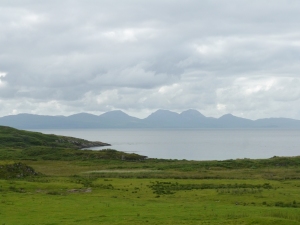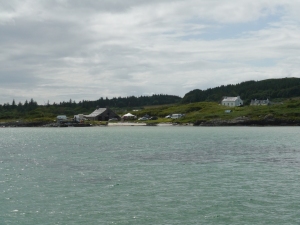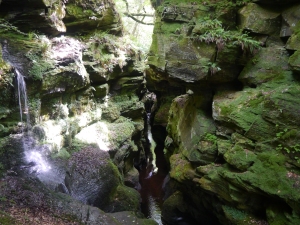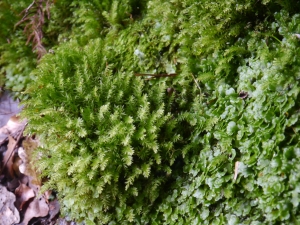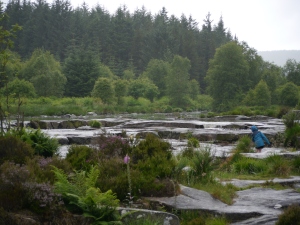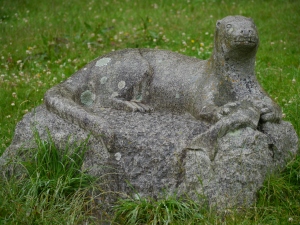The surrounding land was flat, and so the hard-boiled eggs were broken in the car, salted and peppered, and devoured with the house lentil and assorted breads. Beforehand we had wandered into the woods, hugged a tree, and wandered back. Where to next? Back to the tree, came the chorus from the back seat. So back we went.

For this was no ordinary tree. At around 1,000 years of growth it pre-dated those Cadzow Oaks by about half as much again. 250 years ago the trunk girth was over 10ft. Today four of us couldn’t come close to linking arms. The diameter of the ground covered by branches reached close to 200ft, near 200 years ago, circled, grounded. And the tree grows on.
We stood under the canopy of that magnificent Ormiston Yew, dappled in spring sunshine. A summer return beckons, to witness the glory in full plumage, freckled with bright red berries. There is enormous vitality bursting out of the tree, new growth greening the trunks and the branches and the clefts, like ferns ready to burst.
From the outside view it is hard to imagine this mass of greenery as just one tree, a discrete entrance remaining open to passing visitors. To reach the tree the walk takes you through the grounds of what once was Ormiston Hall, past the stone erected by the Poles stationed there in the war, through a grove of chestnut trees, just beginning to bud.

Whilst in the area we thought we should pay a call on old Mr Luca, down the road in Musselburgh. He makes ice cream yet, his café bustling in the chill sun. From there we walked another path; one a bit different to those woods filled with the sounds of crows nesting in the high canopies, of chaffies singing in the spring; the woods where the pecker drummed out a greeting.
The Esplanade in Portobello was a walk I had not made since being around Urchin-age. It doesn’t seem to have changed, and it really is a bright spot in Auld Reekie’s gloom, untouched by the tourist throngs. In front of the shore-front houses bikes and scooters make a smooth mile each way; pipers and box players entertain. And a couple of young lads, pre-teen, practiced their shooting skills and tricks, before heading to Andorra with the Scottish basketball team, armed with a few extra shilling for the trip. Mr Luca was there too, but we resisted.
And if you happen to be down that we way, head along to Ormiston, go hug a tree. It does you the world of good. And the kids love it.

